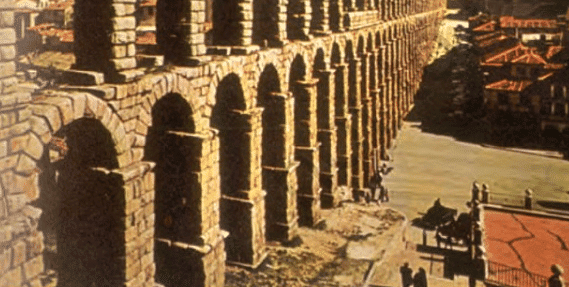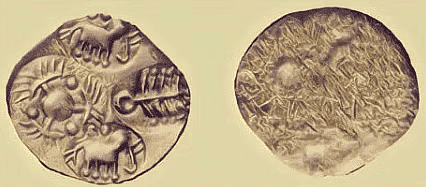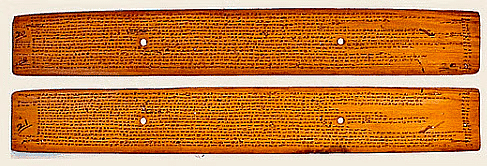Vital Villages, Thriving Towns Class 6 Worksheet History
 Q1: Fill in the blanks
Q1: Fill in the blanks
(i) _______ was a word used for large landowners in Tamil.
Ans: Vellalar
(ii) The gramabhojaka often got his land cultivated by the _________.
Ans: slaves, hired workers.
(iii) Ploughmen were known as ________ in Tamil.
Ans: uzhavar
(iv) Most grihapatis were _______ landowners.
Ans: smaller
(v) Punch marked coins were made of
Ans: silver.
(vi) _______ are tall double-handled jars that contained liquids such as wine or oil.
Ans: Amphorae
Q2: State True (T) or false (F)
(i) Grama Bhojaka also functioned as a judge, and sometimes as a policeman.
Ans: True
(ii) Mathura was an important centre for the worship of Lord Shiva.
Ans: False
(iii) The Tamil terms are found in Sangam literature.
Ans: True
(iv) Ring wells were used for bathing.
Ans: False
(v) Stamped red-glazed pottery, known as Arretine Ware.
Ans: True

Q3: Answer the following Questions
(i) Why were Varanasi and Madurai famous?
Ans: Both were famous centres for manufacturing of cloth.
(ii) How wealth is measured during early times?
Ans: Wealth is measured in terms of coins.
(iii) How did Dasa Karmakara earn a living?
Ans: Dasa Karmakara had to earn a living working on the fields owned by others.
(iv) Who was Dasa Karmakara?
Ans: There were men and women who did not own land were known as the dasa karmakara.
(v) What were aqueducts?
Ans: Huge aqueducts were the channels to supply water which were built to bring water to the city for the baths, fountains and toilets.
(vi) When did the use of iron begin in the subcontinent?
Ans: Use of iron in the subcontinent began about 3000 years ago.
(vii) What are ring wells?
Ans: In many cities, archaeologists have found rows of pots, or ceramic rings arranged one on top of the other. These are known as ring wells.
(viii) What were ring wells used for?
Ans: These seem to have been used as toilets in some cases, and as drains and garbage dumps. These ring wells are usually found in individual houses.
(ix) Where were some of the largest collections of iron tools found
Ans: These were found in the megalithic burials.
(x) What does vellalar mean?
Ans: In the Tamil region, large landowners were known as vellalar.
(xi) What were Shrenis?
Ans: Many crafts persons and merchants formed associations known as shrines.
(xii) Who was called Grama Bhojaka?
Ans: In the northern part of the country, the village headman was known as the grama bhojaka.
(xiii) What is Sangam literature?
Ans: Some of the earliest works in Tamil, known as Sangam literature, were composed around 2300 years ago.

(xiv) What was Arikamedu during ancient India?
Ans: Between 2200 and 1900 years ago, Arikamedu was a coastal settlement where ships unloaded goods from distant lands.
(xv) What do you understand by Jatakas?
Ans: These were stories that were probably composed by ordinary people, and then written down and preserved by Buddhist monks.
(xvi) Make a list of the occupations of people who lived in Mathura.
Ans: The main occupations of the people were goldsmiths, blacksmiths, weavers, basket makers, garland makers, perfumers.
FAQs on Vital Villages, Thriving Towns Class 6 Worksheet History
| 1. What is the significance of vital villages and thriving towns in the development of a country? |  |
| 2. How can villages and towns be transformed into vital and thriving communities? |  |
| 3. What are some challenges faced by villages and towns in maintaining their vitality and growth? |  |
| 4. How can government initiatives contribute to the development of vital villages and thriving towns? |  |
| 5. What are some examples of successful initiatives taken to develop vital villages and thriving towns? |  |

















